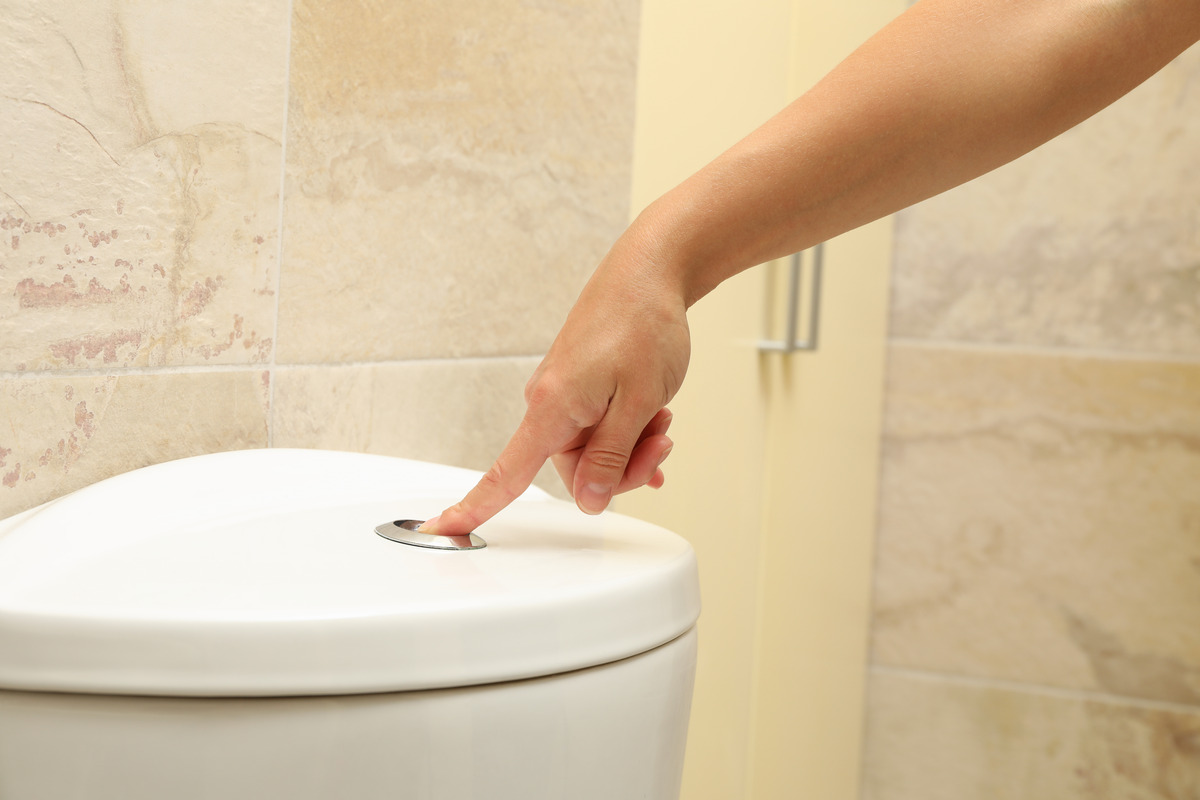In recent years, the importance of water conservation has become a pressing issue for industries and homeowners alike. With water-saving toilet rebate programs cropping up across the globe, many are left pondering the effectiveness and availability of these initiatives. These programs aim to incentivize the installation of water-efficient toilets, which promise not only to save the precious resource but also to reduce monthly expenditure on water bills.

The Importance of Water-saving Solutions
Water scarcity impacts millions of lives and industries worldwide. With this reality in mind, programs that promote water conservation through financial incentives become critical. A primary focus of these efforts is on the toilet, one of the largest consumers of water in the home.
For instance, standard toilets can use up to 7 gallons per flush, while newer models under these rebate programs, often referred to as water-efficient toilets, use significantly less, sometimes just 1.28 gallons per flush. The advancement of dual-flush technology also plays a pivotal role as covered in articles like Dual Flush Toilet advantages and What is a Dual Flush Toilet?.
Why Industries and Households Should Act
The plumbing industry finds itself at a crossroads, where the integration of eco-friendly solutions becomes not only a regulatory necessity but an ethical obligation as well. Industry quality assurance (QA) teams play a pivotal role in ensuring these solutions are delivered in the most efficient ways.
For smart homeowners and industry professionals, understanding the balance between cost-effectiveness and sustainability is becoming increasingly paramount. Homeowners benefit from water-saving solutions through reduced utility bills and rebates that add further financial returns. The information detailed in articles like Eco-Conscious Bathroom Upgrades further emphasizes these cost-saving benefits.
How Do Rebate Programs Work?
Most rebate programs are state or municipally governed and offer financial rebates to consumers who install approved water-saving devices. Programs vary, but typically, they require proof of purchase and installation. Some may even demand a post-installation inspection to ensure proper installment and efficiency. Professionals play an integral role in this process, ensuring that the new systems meet QA standards.
For example, an in-depth guide on installation, such as How to Install a Water-saving Toilet, provides valuable insight and step-by-step assistance to both DIY enthusiasts and professionals.

Long-term Impacts on the Industry
Water conservation extends beyond immediate environmental benefits. For the plumbing industry especially, evolving to incorporate sustainable practices offers opportunities for innovation and strengthens consumer trust. Industry QA plays an essential role in certifying that products adhere to quality and ecological standards, driving forward both technological advancement and consumer confidence.
Articles like Water-saving Toilets Guide reinforce this narrative, offering critical analysis and data-driven insights to contextualize these changes.
FAQ: What You Need to Know
How can I find local rebate programs?
Most local water authorities have detailed information on active rebate programs available on their websites. Additionally, some dealership stores offer guides and resources.
Is it worth investing in a water-efficient toilet?
World Health Organizations confirm that investing in water-efficient solutions not only benefits individual savings but also contributes greatly to environmental wellness. More information is explored in Are Low-flow Toilets Worth It?.
What are the challenges of adopting water-saving toilets in industries?
While the initial cost of replacing existing fixtures can be a barrier, the long-term savings and ecological benefits far outweigh the initial investment. Industry QA teams play a critical role in easing these transitions.
The integration of water-saving technologies marks a prudent step towards environmental mindfulness and financial pragmatism. The strategic involvement of industry QA in assuring quality and effectiveness ensures that these efforts are not only successful but sustainable in the long run. With effective implementation, these programs are poised to reshape how industries and homeowners perceive and utilize one of our most precious resources: water.






